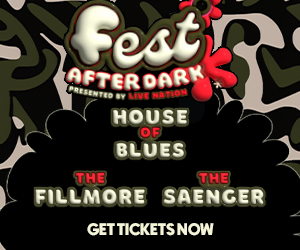“The Times They Are A’Changin” sang Bob Dylan in the early 1960s, and all residents and visitors to New Orleans are able to see how this applies to the Crescent City.
The manifestations and implications of these changes are on the minds and tongues of everyone in the city.
Author Brian Boyles has given this much thought, and focused his ideas on the build up to the 2013 Super Bowl in this book.
He uses the preparations for the Super Bowl and its effects on New Orleanians from all parts of town and walks of life to frame the issue of what New Orleans was, is, and is becoming.
He does a great job of explaining the different ways that New Orleans met with the challenge of the Super Bowl (ways with which we are currently grappling) while also describing simultaneous events and giving relatively recent history of the city, from the development of the Superdome to the World’s Fair to the arguments between the state and the city.
His writing is comprehensive without getting bogged down on these many issues, and he does a great job of juxtaposing the different and often opposite aspects of New Orleans that make this city both joyful and jarring.
The main theme of the book is how tourism and the need to attract events and visitors hurts or helps the city. Boyles does not make blatant judgments, but the way he writes about the city shows his complicated allegiances.
He talks to everyone from the TBC Brass Band to the Lieutenant Governor to horse and buggy drivers as he shows the many sides and effects of these ideas.
Boyles moves easily among the varying communities of New Orleans, and he treats them all with respect and empathy.
He brings his subject down to the real nitty-gritty of the individuals affecting and being effected by the changes in New Orleans. He is also great at showing how the bigger issues are contained in a smaller microcosm, which he does so well in his descriptions of Loyola Avenue and the CBD.
The ideas that Boyles’ research and writing elucidate have been with us for some time, and New Orleans will continue to grapple with them in the days to come.
Historians and New Orleanians in the near and far future will look to this book as a both a signpost of where New Orleans is in 2015 and a summation of the many issues that New Orleans have and will continue to deal with.




